The Virgin is portrayed in bust form, according to the traditional iconography of the Stabat Mater, her hands crossed over her breast, enveloped in a large blue mantle adorned with gilded star motifs. Her inclined face expresses a restrained sorrow, characteristic of devotional works intended for private meditation. A heart pierced by a sword appears at the level of her breast, a symbol of the Seven Sorrows of Mary, introduced into Western painting from the 15th century onward and then widely disseminated in the 16th century throughout the Mediterranean world.
A deep blue cloak, embellished with stylized gold flowers, is typical of Italian (Tuscany or Emilia) and sometimes Spanish (Castile, Aragon) workshops at the turn of the 16th and 17th centuries.
A gold halo, applied in a glaze and slightly oxidized, lends a sacred aura characteristic of late medieval painters.
The face is softly modeled, oval and elongated, reminiscent of Mannerist works from Northern Italy.
The deliberately stark, dark background accentuates the contemplative spirituality. Delicate, linear lines highlight the folds of the veil and the contours of the face. The Mater Dolorosa occupies a major place in the history of Christian art, particularly in Mediterranean countries where it reflects a sensitive piety centered on compassion for Mary's suffering.
Between the 16th and 17th centuries, this iconography became prevalent in altarpieces, domestic oratories, and devotional paintings. The attributes—a starry blue cloak, a sword, and the gesture of crossed arms—became codified and universal across the following schools:
Italian (Florence, Bologna, Venice)
Alpine and Piedmontese provincial schools
This work, with its Mannerist gentleness, the shape of the face, the use of starry blue, and the bust composition, clearly belongs to this tradition.
Oil on canvas mounted on panel (a common technique for stabilizing devotional supports).
Period: late 16th – early 17th century.
Tabernacle frame in carved and gilded wood, probably 17th century, with a beautiful antique patina, consistent wear, and slightly oxidized gilding.
The work shows signs of period wear to the paint, but remains perfectly legible and its expressive power is undiminished.
School and possible attribution
✔ Northern Italian School (Emilia, Tuscany, Piedmont) The treatment of the face and the floral stylization of the cloak suggest a Mannerist Italian influence, in the tradition of painters such as Alessandro Tiarini, Ludovico Carracci, or certain Florentine and Piedmontese devotional workshops. It is likely a high-quality provincial workshop, intended for a private oratory.
Overall dimensions with tabernacle frame: 45 x 34 cm (h)
26 x 20 cm (work).
Beautiful emotional intensity
Balanced composition
Refined palette (deep blues, patinated golds, delicate flesh tones)
Authentic piece with a strong spiritual presence
Antique tabernacle frame, particularly valuable for collectors
Informations sur l’expédition et l’assurance :
Le conditionnement de tous nos colis est confié à la société MBE (Mail Boxes Etc.) Narbonne, garante d’un emballage soigné et parfaitement sécurisé.
L’acheminement est ensuite assuré par UPS, permettant une livraison fiable et suivie dans le monde entier.
Pour tout achat supérieur à 4 000 €, un contrat d’assurance ad valorem est systématiquement souscrit auprès de la société Trans-Pass, offrant ainsi une couverture optimale de votre acquisition durant l’intégralité de son transport.
#MaterDolorosa #VirginMary #SacredArt #Devotion #OldMasterPainting #16thCentury #17thCentury #TabernacleFrame #WesternIcon #ArteCollection #Proantic #ItalianPainting #Piedmont #ItalianSchool #Religious #OldMasterPainting #Oratory #StabatMater #ReligiousAntiquity


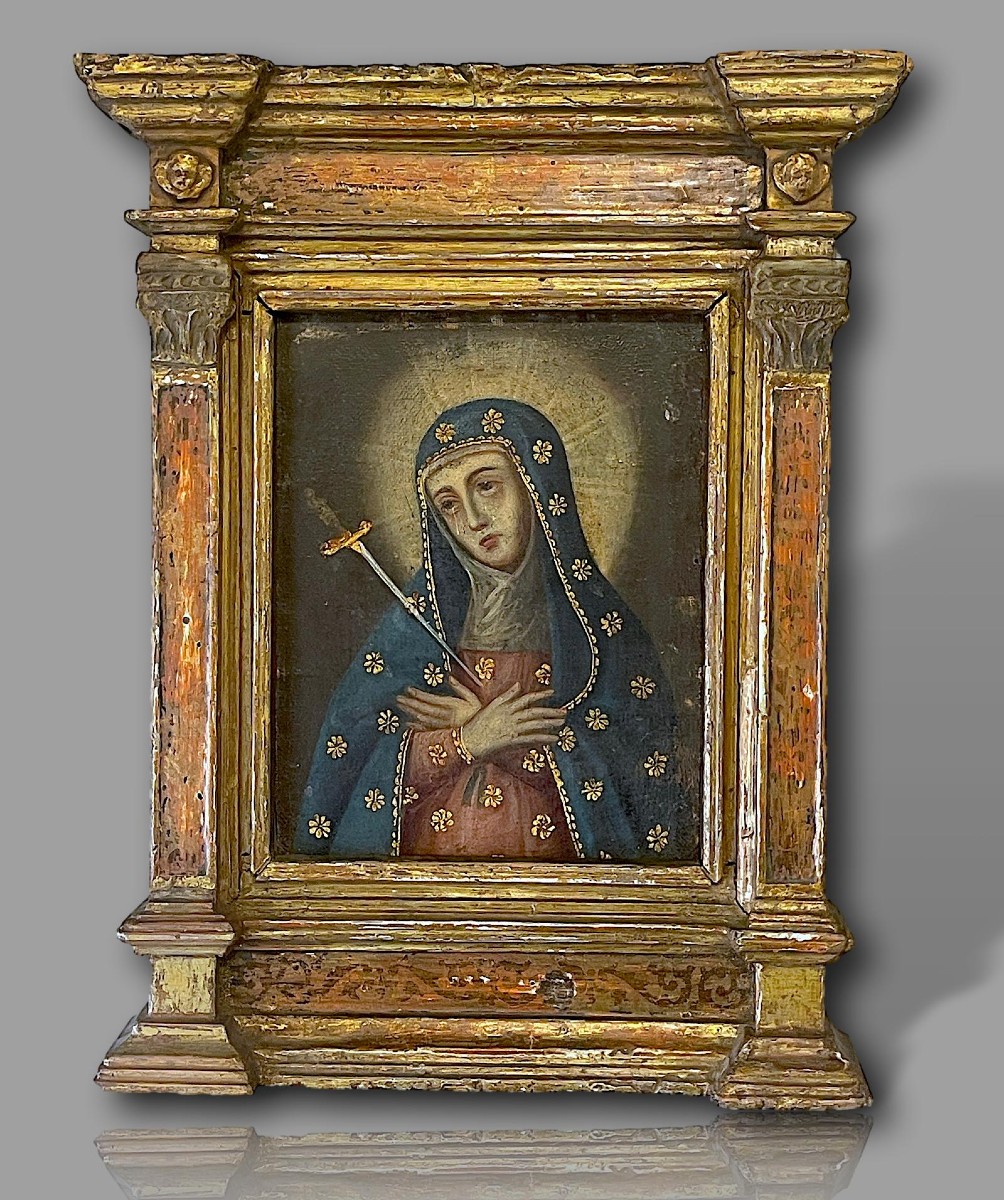

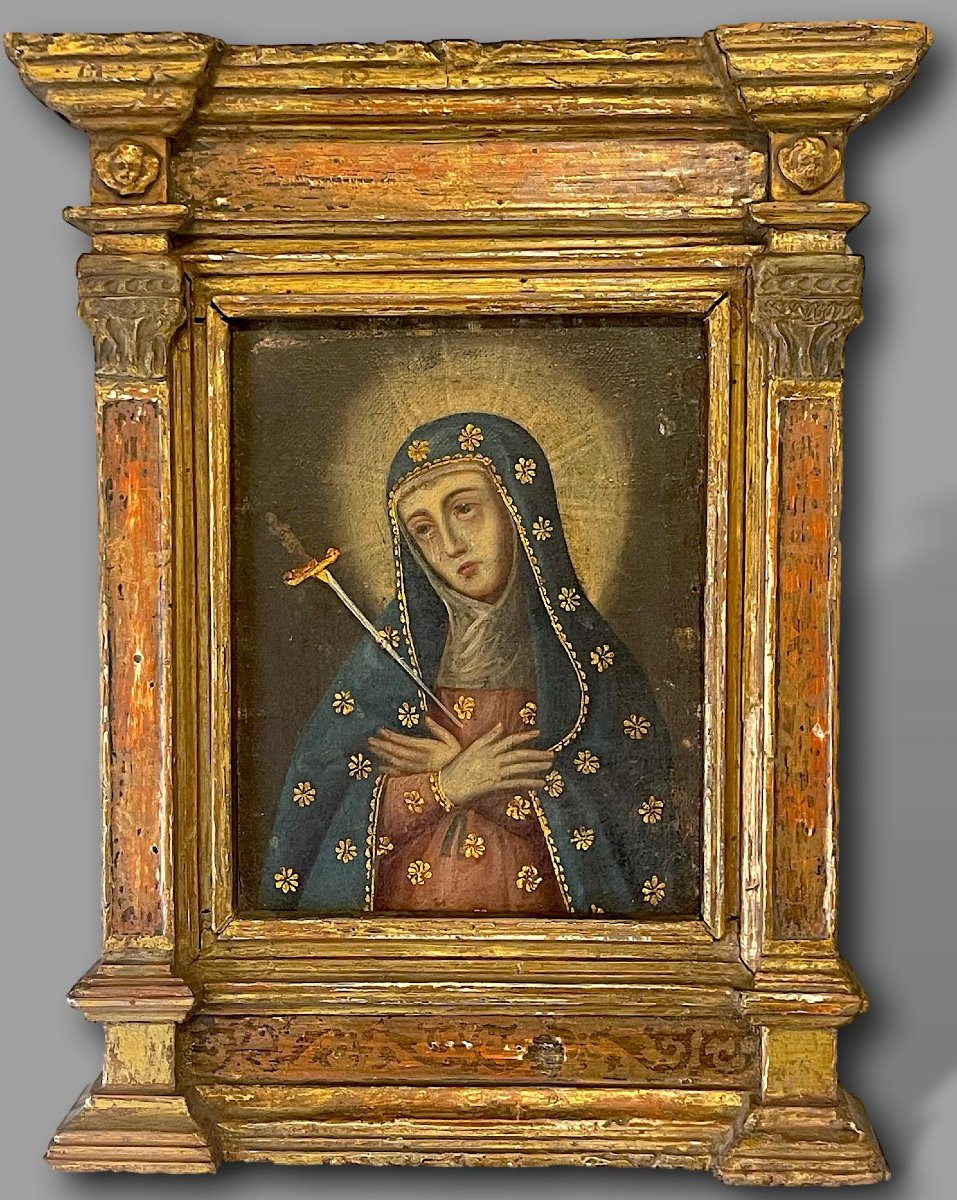
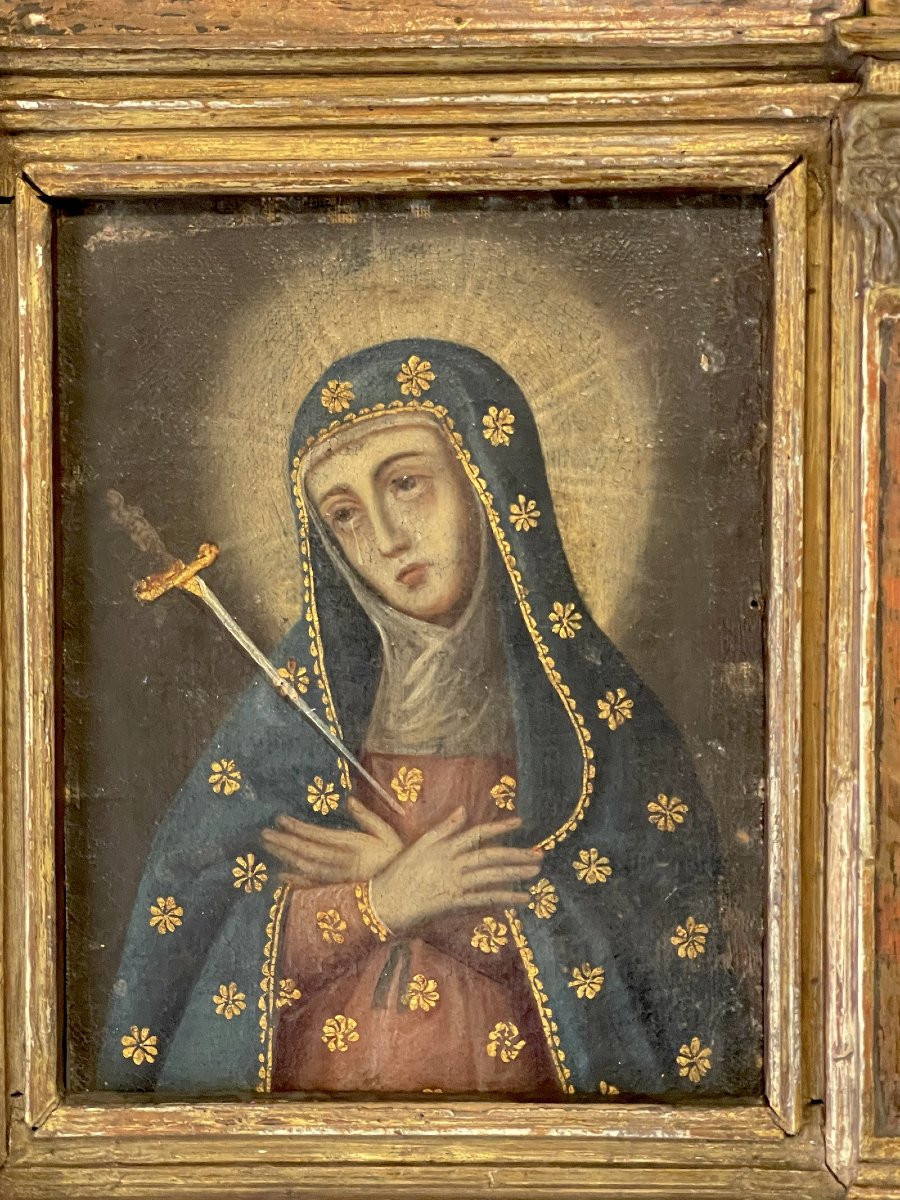


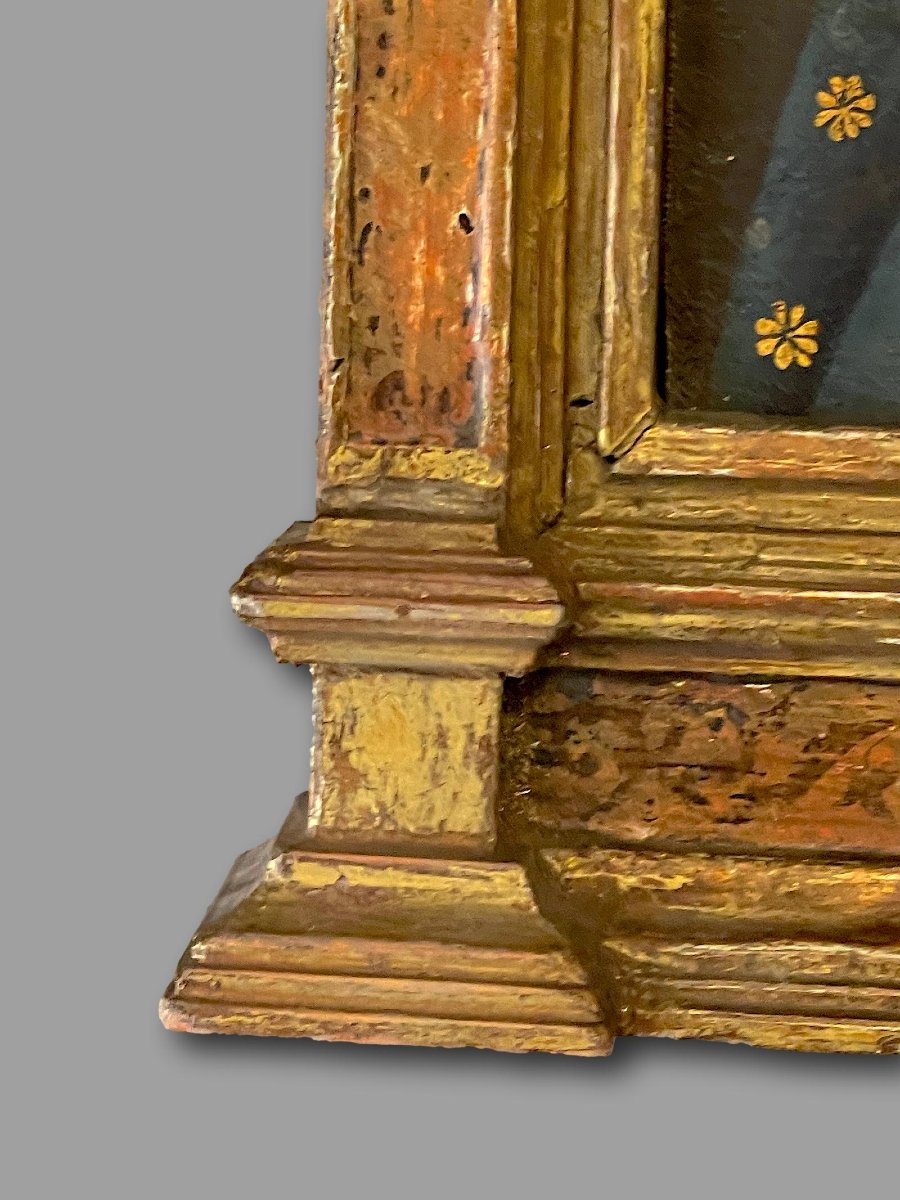











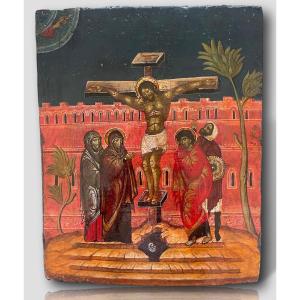
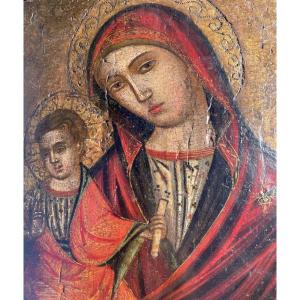



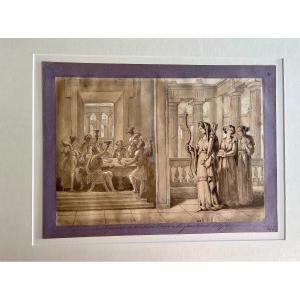




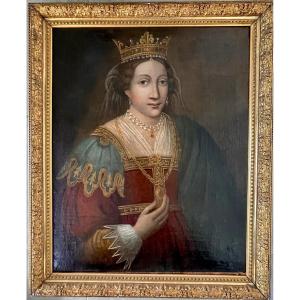
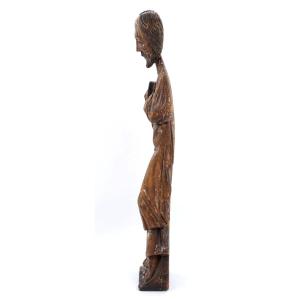




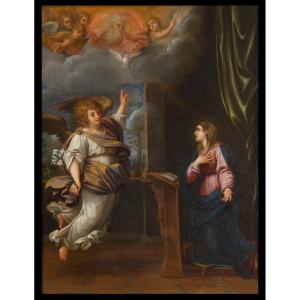




 Le Magazine de PROANTIC
Le Magazine de PROANTIC TRÉSORS Magazine
TRÉSORS Magazine Rivista Artiquariato
Rivista Artiquariato